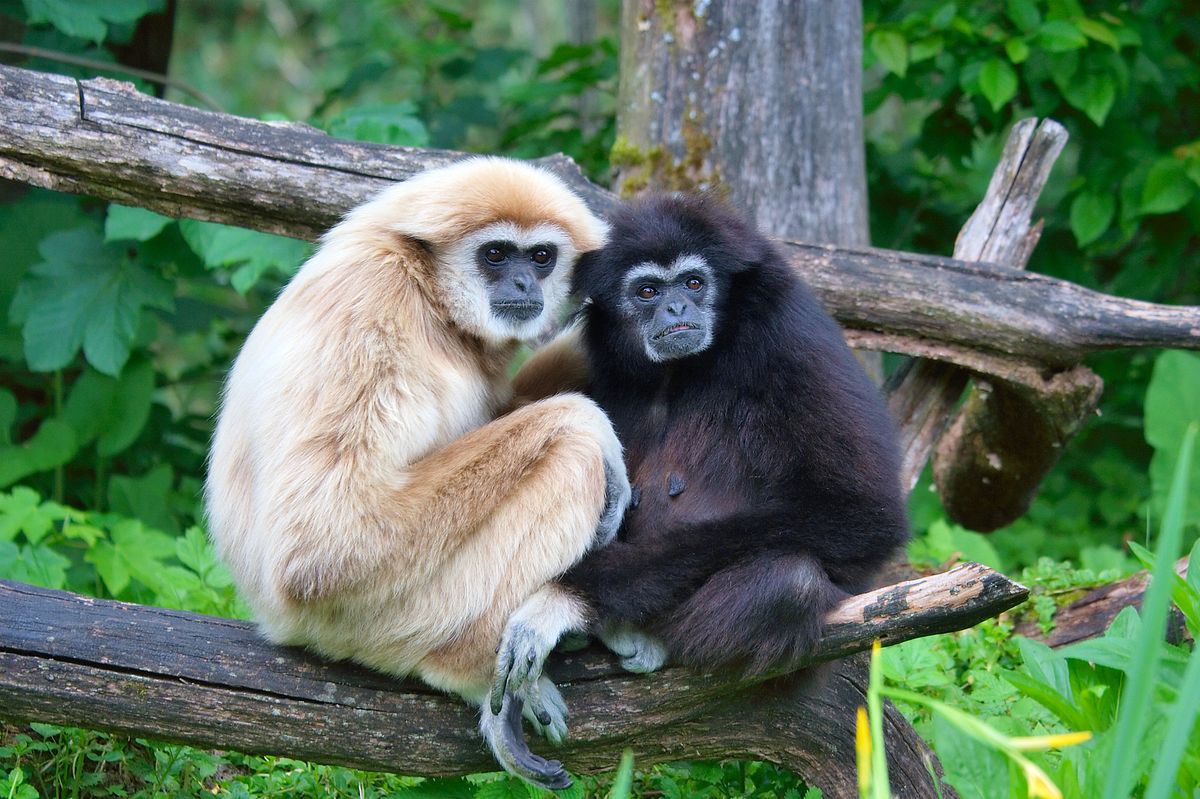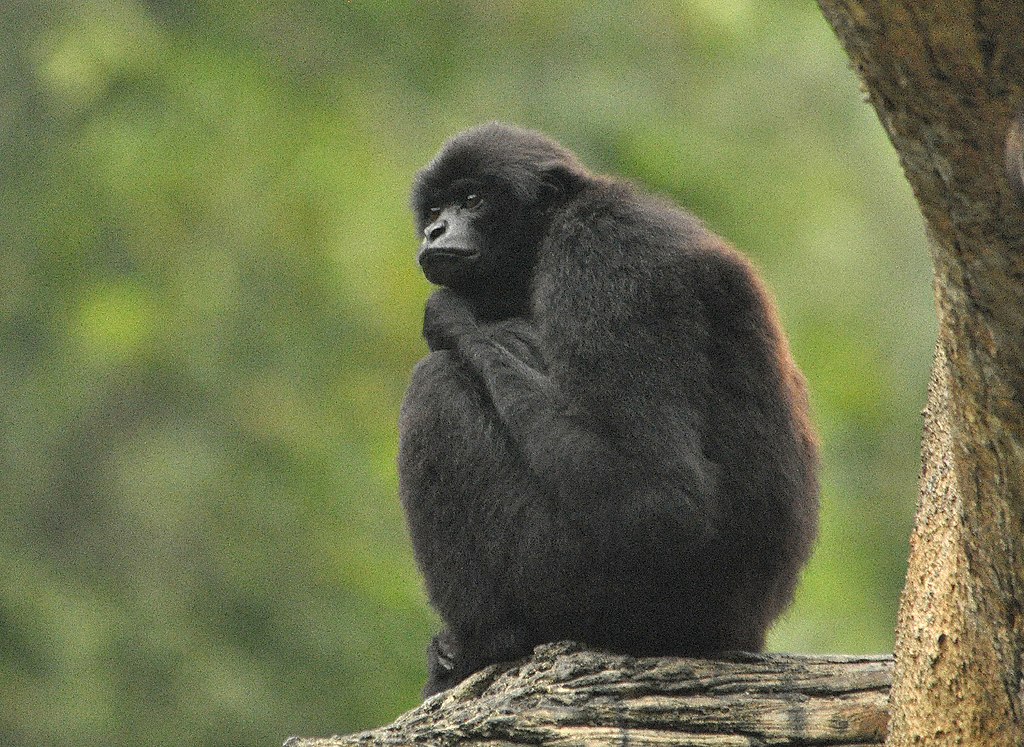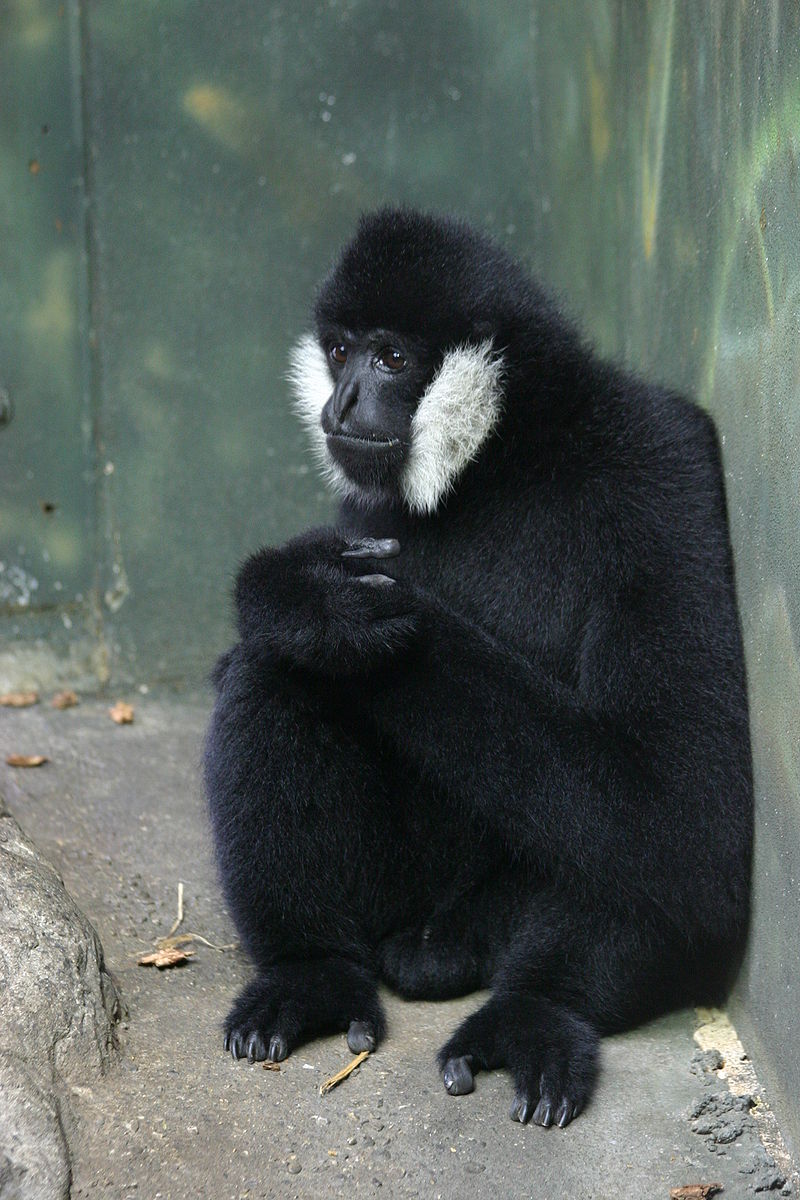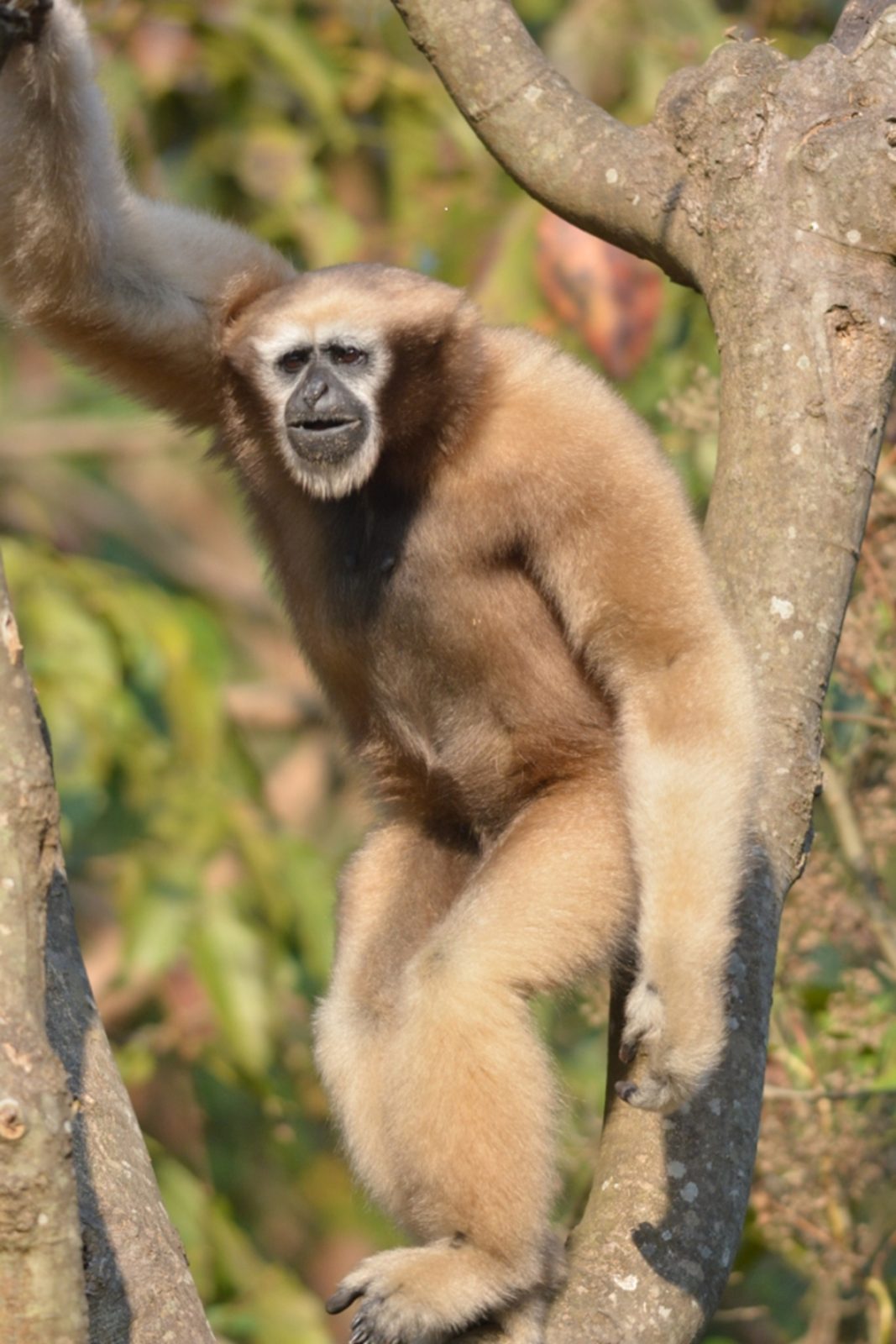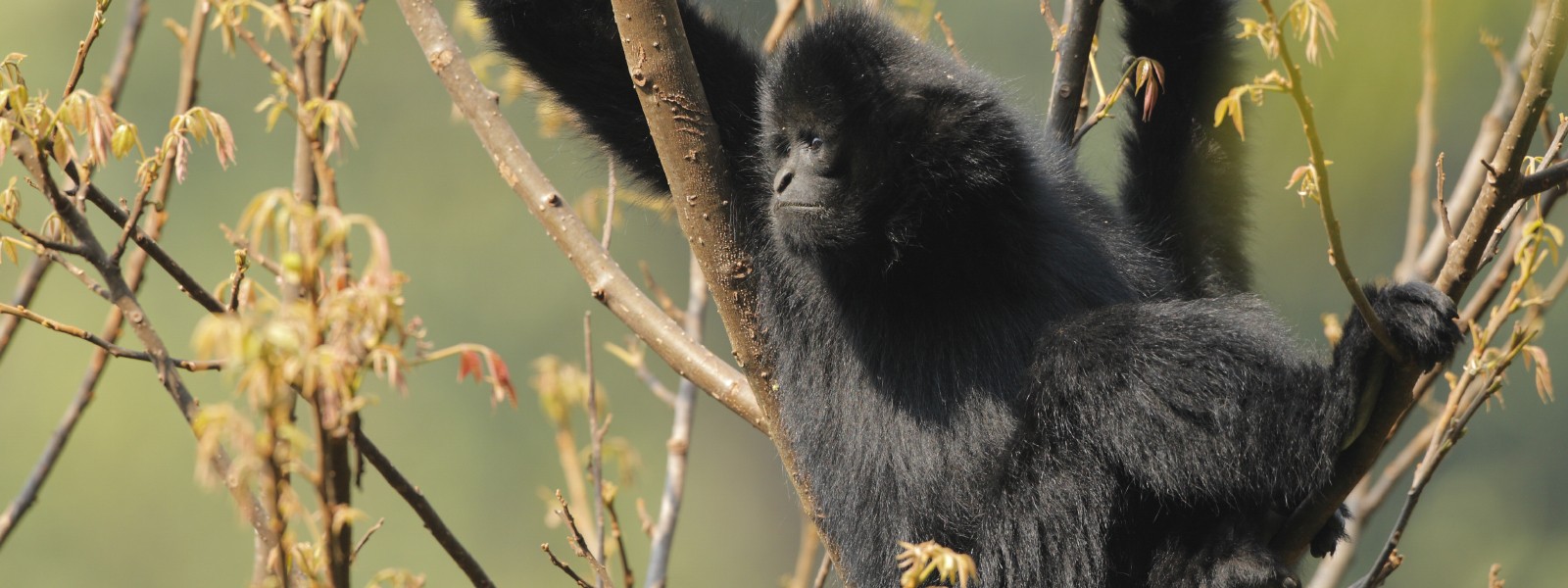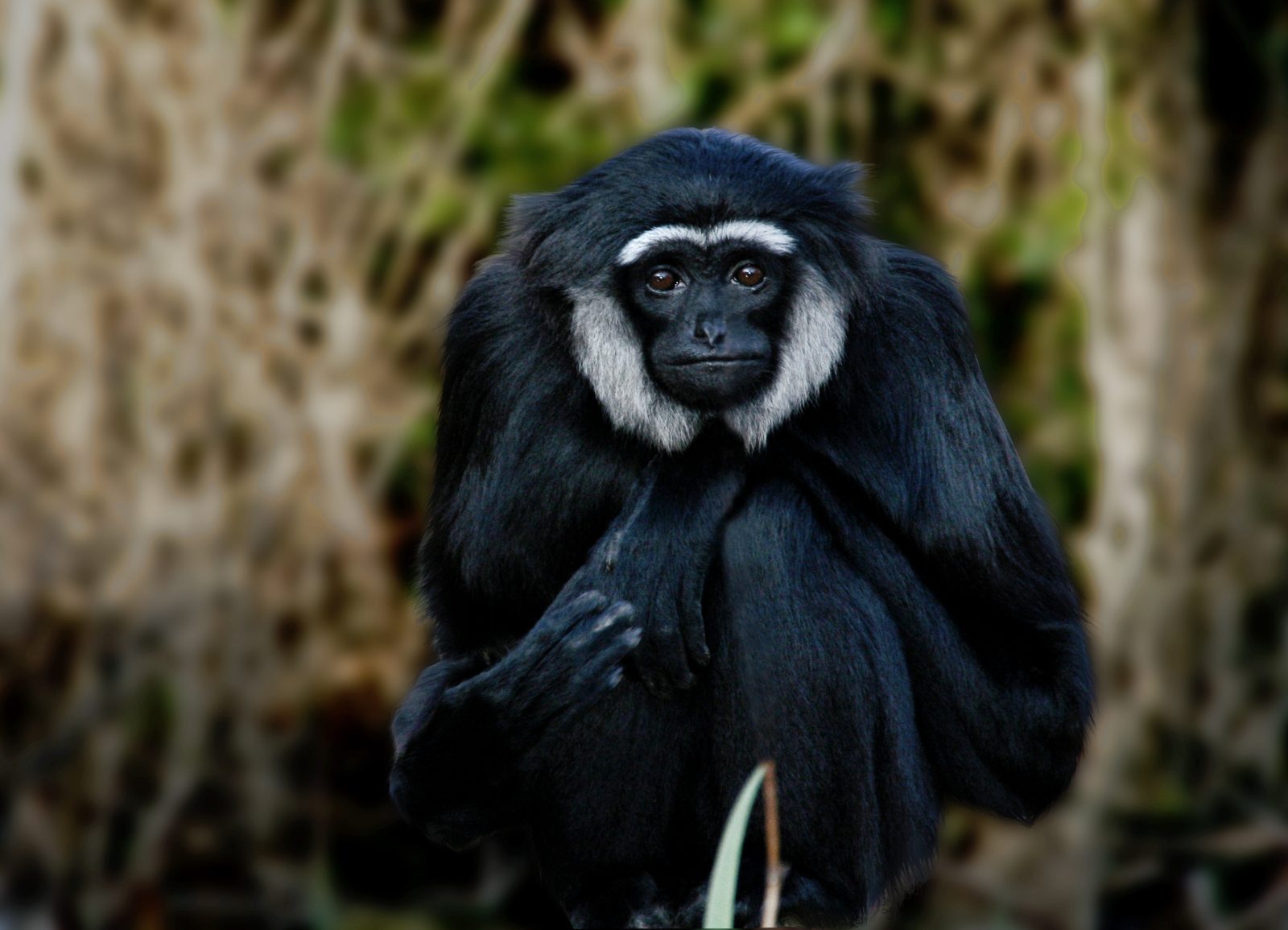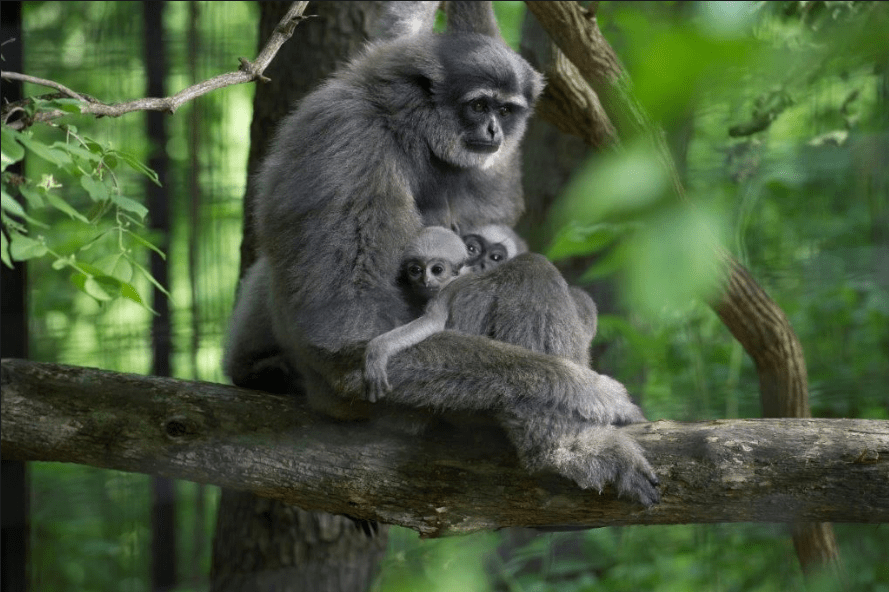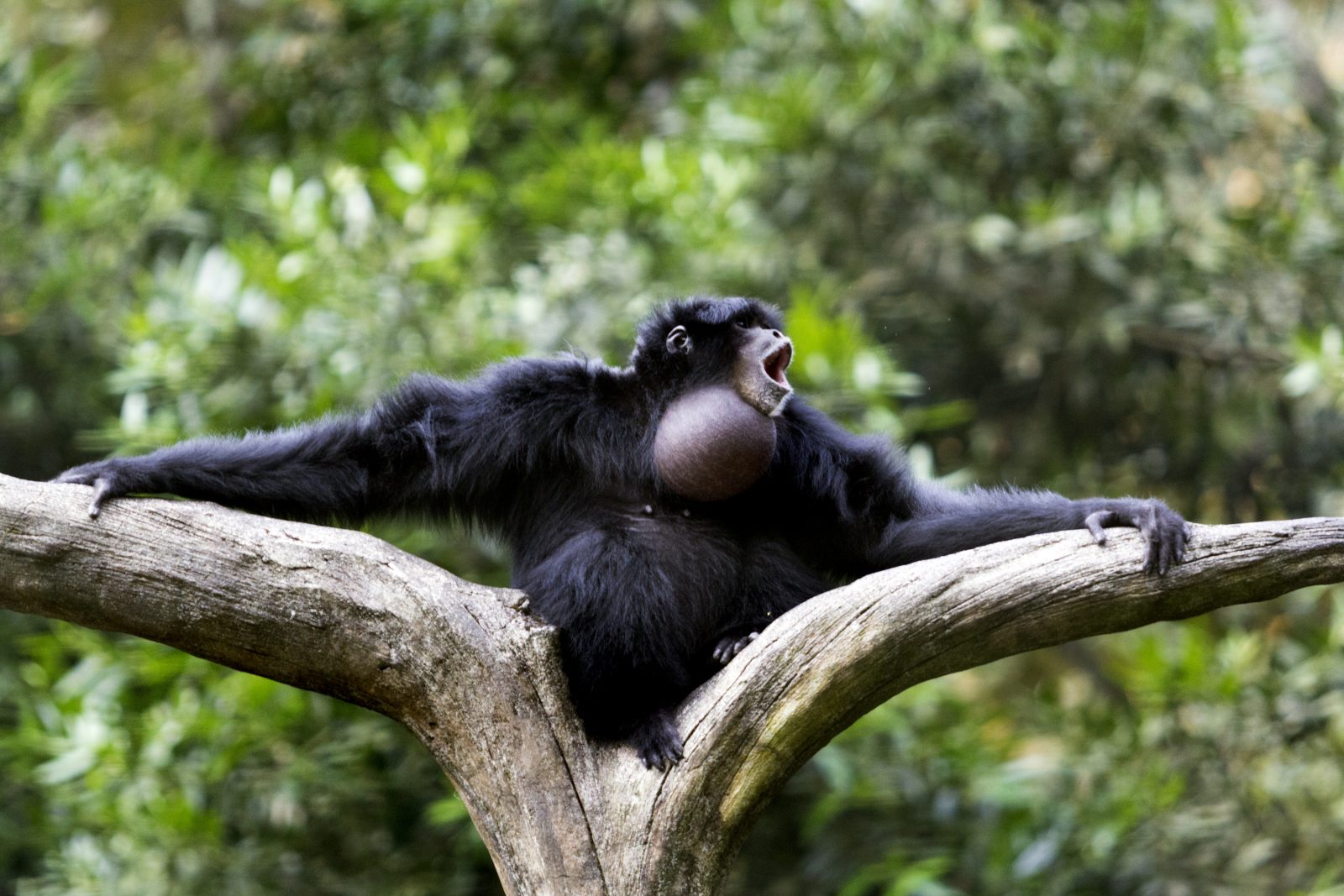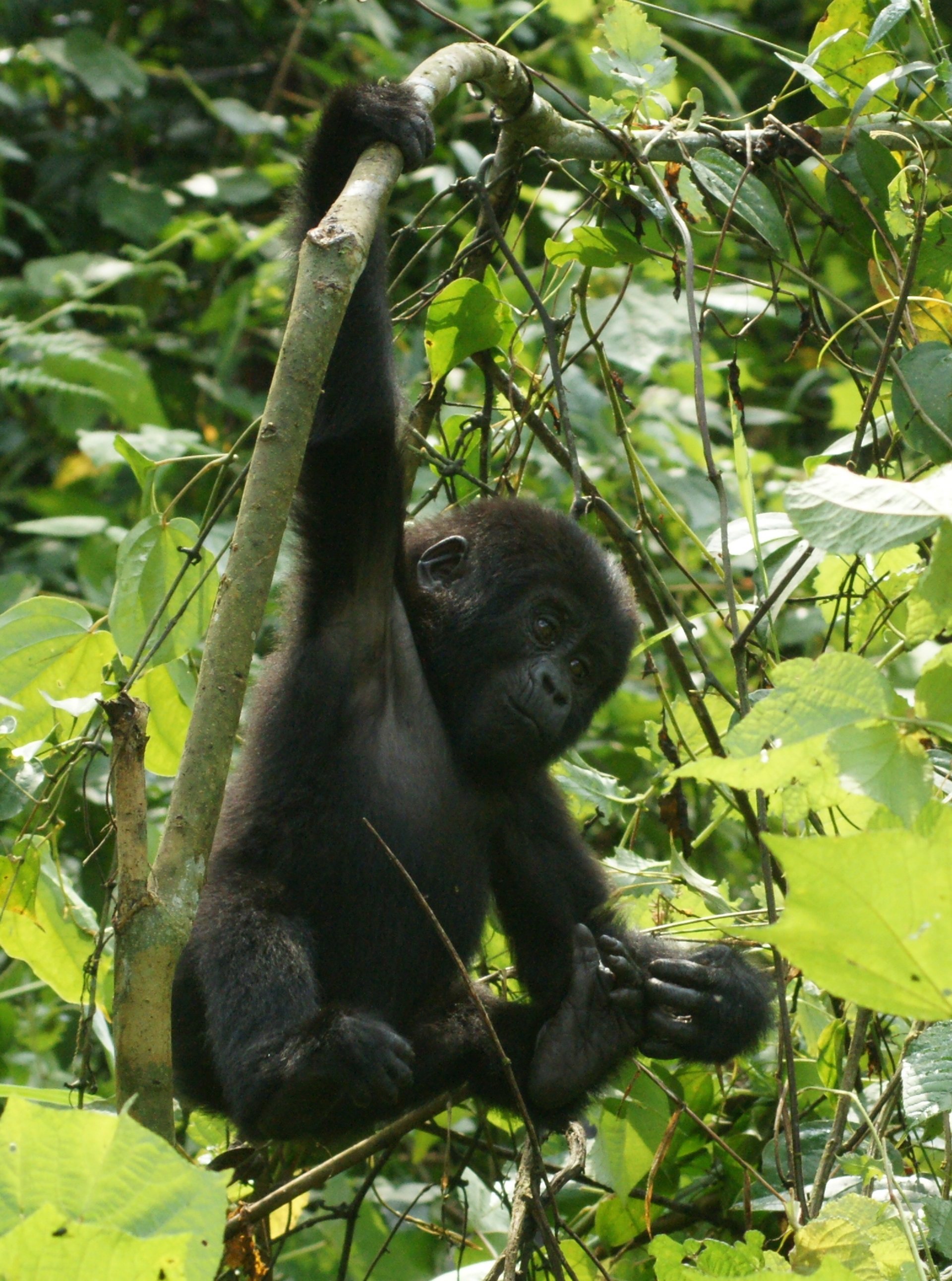Northern Buffed-cheeked gibbon
This is a newly discovered crested gibbon species which is found inVietnam, Cambodia and Laos. Its habitat is in the humid subtropical and seasonal tropical forests of these countries.
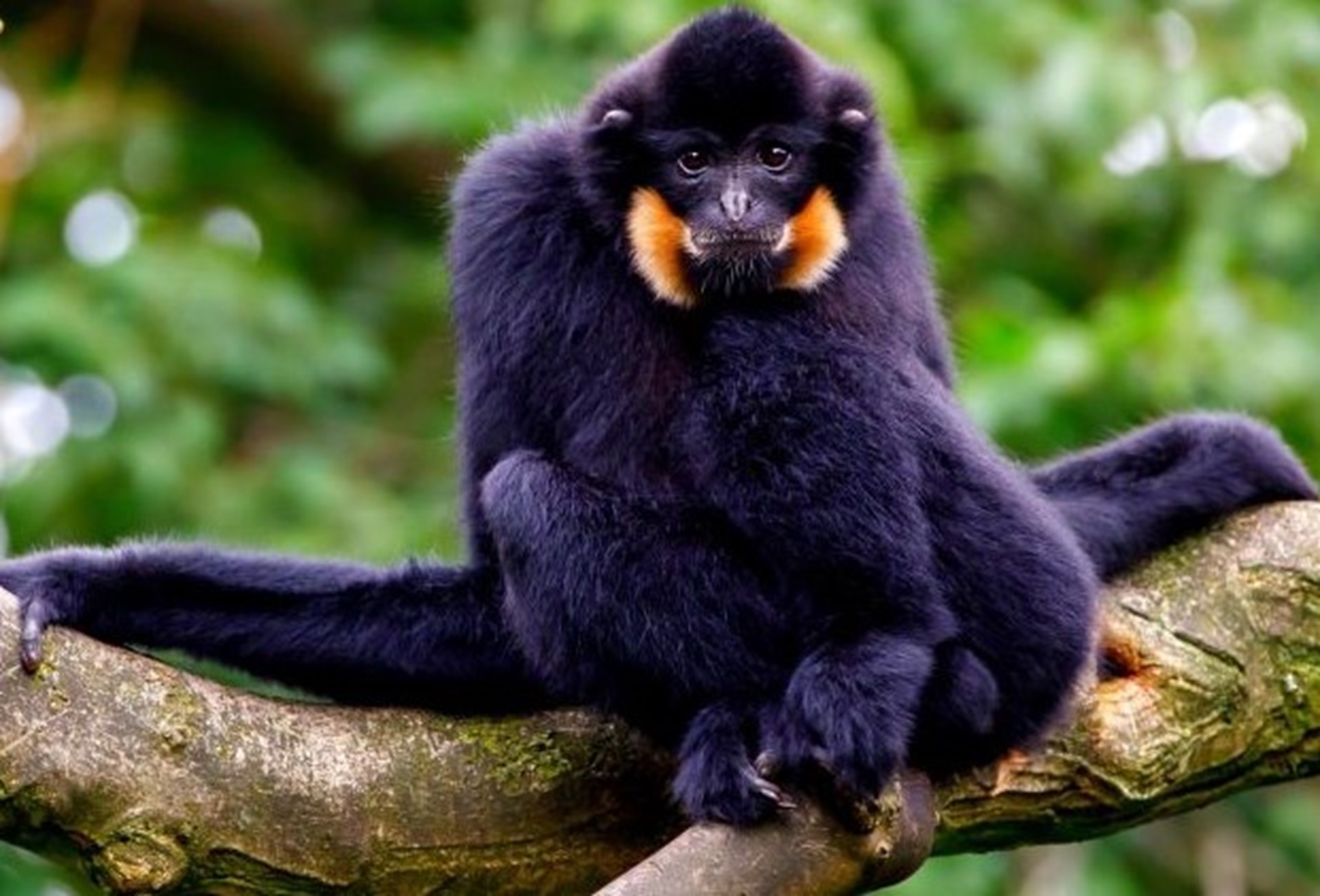
As they are newly discovered, little work has gone into understanding much about them. They are classed as endangered, but they are also known to be decreasing in the wild. It was only discovered in 2010.
Interestingly, the scientists first identified this as a new species by its very different song to other gibbons. Unfortunately, while I can see no evidence of a more recent survey, an estimate from 2011 suggested that this new crested gibbon population would be similar to other crested gibbon species, which number around 200. I hope to write on this species in the near future.
This is not a species that I have written about, but if I do in the future, it will appear below. Furthermore, as we add destinations that are good for this species they will appear below the news

